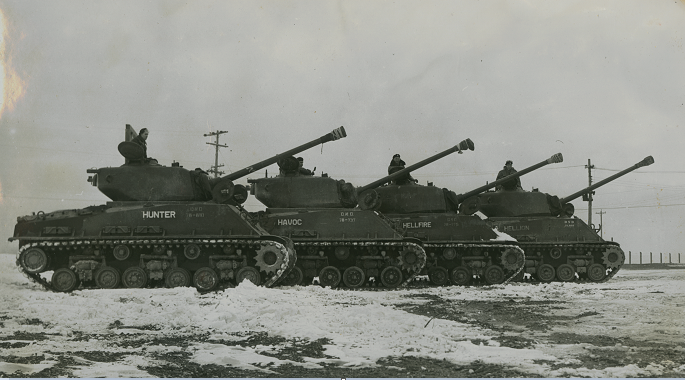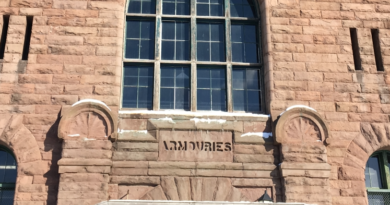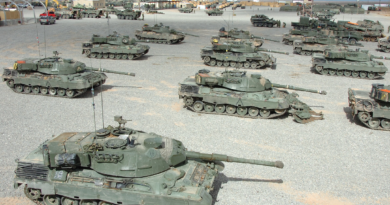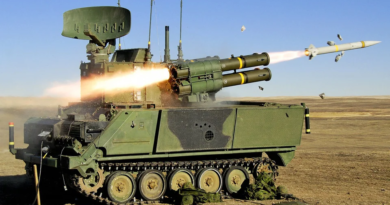Naming Tanks in the Royal Canadian Armoured Corps
by John Boileau
Recently a US Army corps released a new policy limiting who gets to stencil a name on the gun of a main battle tank (“US Army formation releases new limits on M1 Abrams tank names” https://taskandpurpose.com/news/army-m1-abrams-tank-naming-policy-iii-corps/). There does not appear to be rules, regulations or policies about naming individual armoured vehicles in the Royal Canadian Armoured Corps (RCAC).
Each Canadian armoured regiment basically decides on its own, with the tradition that A Squadron tanks in any regiment start with an A, B Squadron with a B and so on. The names go on both sides of the tank hull at the front and not on the gun barrel or anywhere else.
Many units maintain historical lists so that the name can be carried on when a new armoured vehicle enters the inventory, or after a vehicle is destroyed combat or by other means – fire, accident, etc.
So, a tank in A Squadron could be Aggressor, and if destroyed, its replacement would be Aggressor II. Then again, the unit might decide to give the replacement an entirely different name.
The naming procedure is fairly loose, with crews sometimes getting to choose the name for their new vehicle but still in keeping with the A, B, etc., initial letter.
Like other Reserve armoured units after the Second World War, The Halifax Rifles, a regiment of the RCAC, had four Sherman tanks for training purposes. Their names were Hellion1, Hunter, Havoc and Hellfire. Rather than being assigned to a squadron, the tanks were used by all unit personnel and assigned names starting with H, representing the unit’s title — The Halifax Rifles.
Later, Hellfire sat as a memorial outside the Halifax Armouries, then was stored for years in a back field at Baker’s Point, Shearwater, awaiting restoration that did not come. That is finally happening and the tank is currently in the Halifax Rifles lines at Windsor Park on the Base where unit personnel are working on it.
Note: 1. It is convention to italicize individual vehicle names.
Colonel (ret’d) John Boileau served in the RCAC for 47 years: 37 years in the Regular Force and 10 years as an honorary. He commanded the Lord Strathcona’s Horse (Royal Canadians) and was Honorary Colonel of The Halifax Rifles.




